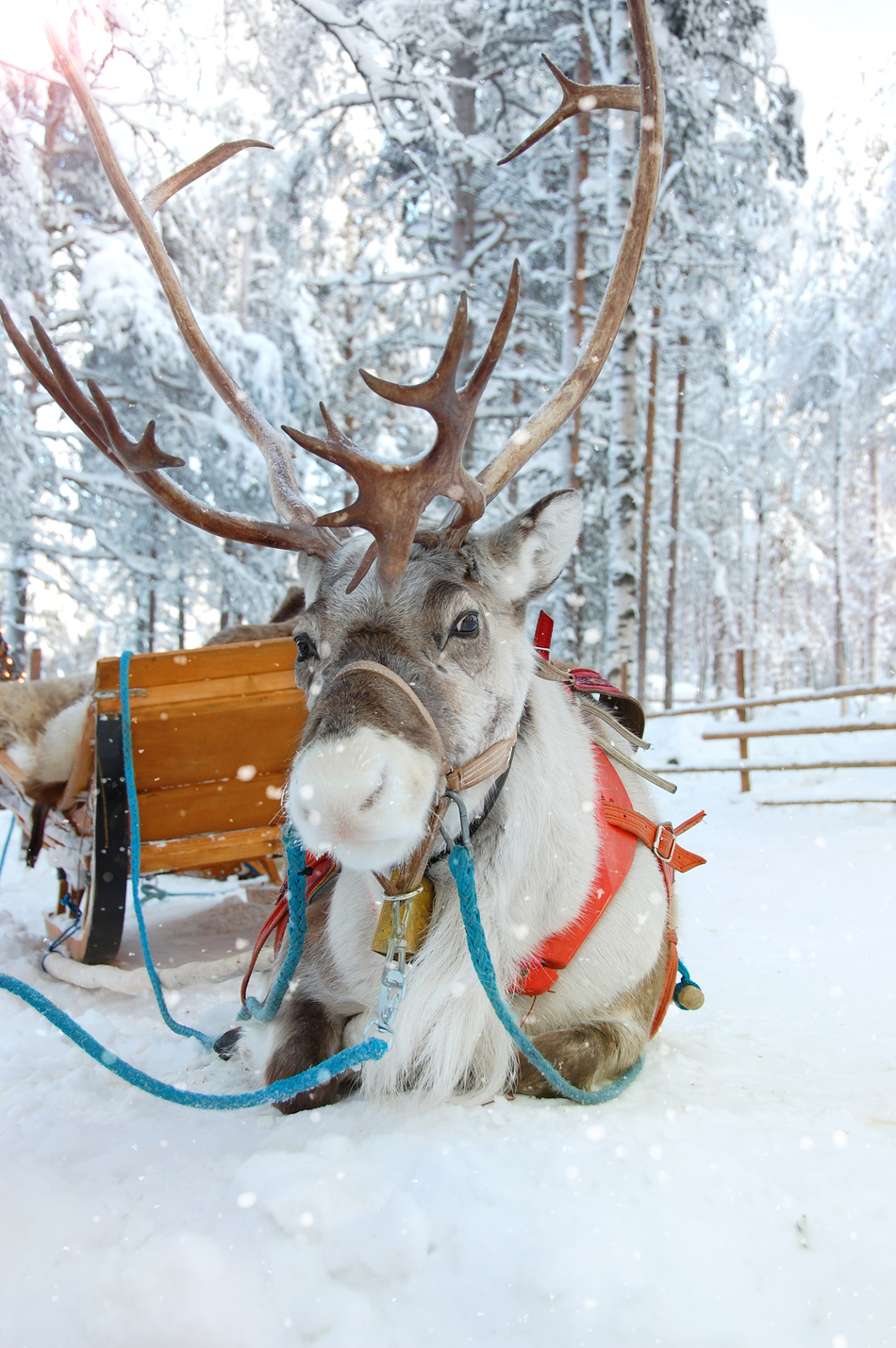
Episode Transcript
On Comet, on Cupid, on Donner and Blitzen. Are those boy's names? Are those girl's names? How are boy reindeer different from girl reindeer? And why does it matter to women's health? This is Christmas and Reindeer, and Boys and Girls on The Scope.
We talked a lot in the last many years about how research is beginning to help us understand differences between men and women, how we take care of them differently based on those biological differences, and how cultural differences may inform how we approach men and women. And today, we're going to talk about why those differences in reindeer have really changed our ideas about Santa's reindeer.
Now, reindeer, called caribou in North America if they're wild, have the largest and heaviest antlers of all deer species when compared to body size. But let's get down to some basics about antlers.
Firstly, the difference between antlers and horns. Horns are a permanent projection from the head of the animal made of keratin, the stuff that hair is made of, and proteins that surround a bony core. A horn is really a bone. They start growing at puberty. In some species, only males have horns. But in some animals with horns, the females have horns too. In the American bison, the horns are a little differently shaped in males and females, with the males having a broader base and the female's horns being more curvy.
Now, antlers fall off each year. In some species only males have antlers. There's an enormous output of energy to make a really big rack of antlers as in moose and deer, and perhaps that energy isn't worth the effort for females who have to grow and nurse their young. In reindeer and caribou, both males and females have antlers. But the males are usually bigger, up to 50 inches and 30 pounds compared to 20 inches in females.
And here's the important part for this discussion about Santa's reindeer. Males drop their huge antlers after the mating season, in the fall, around November. Females drop their antlers after giving birth in the spring. It's hard to know exactly why except that huge antlers could be a significant survival drawback over the winter and might be most important for competition with other males during the mating season. The advantages for females would be to use them for protection against wolves, their primary predator when they are pregnant, and to protect their newborns. And female reindeer us their antlers to brush away snow to find food in the winter.
So, given the dates of Christmas, all the males would have dropped their antlers. So the pictures of Dasher and Dancer and the rest of Santa's reindeer with antlers suggest they must have all been female.
So what about Rudolf, the red-nosed one? Well, maybe Rudolf was a male outside the average who didn't drop his antlers and along with his red nose, which led to such inappropriate bullying, or maybe Rudolf was a girl guiding the way through long Christmas night. Whatever. Popular culture can often portray the differences between male and female very unfairly. So Dasher, Dancer, Prancer, Vixen, Comet, Cupid, Donner, and Blitzen all sound like wonderful girl's names to me. Rudolf, not so much.
We talk more and more about the biological differences between males and females and how that might affect the way we provide medical care. Don't trust popular culture when it comes to biology. Trust science and scientists. By the way, many of Santa's girl reindeer would have been pregnant as well. So you go girls.
For all of you listening, I hope this is a happy holiday season. And remember that men and women are different. Boys and girls are different. And we need to continue careful research on these differences so we can take better care of all of our people and our reindeer. Thank you for joining us on The Scope.
updated: December 24, 2021
originally published: December 25, 2018